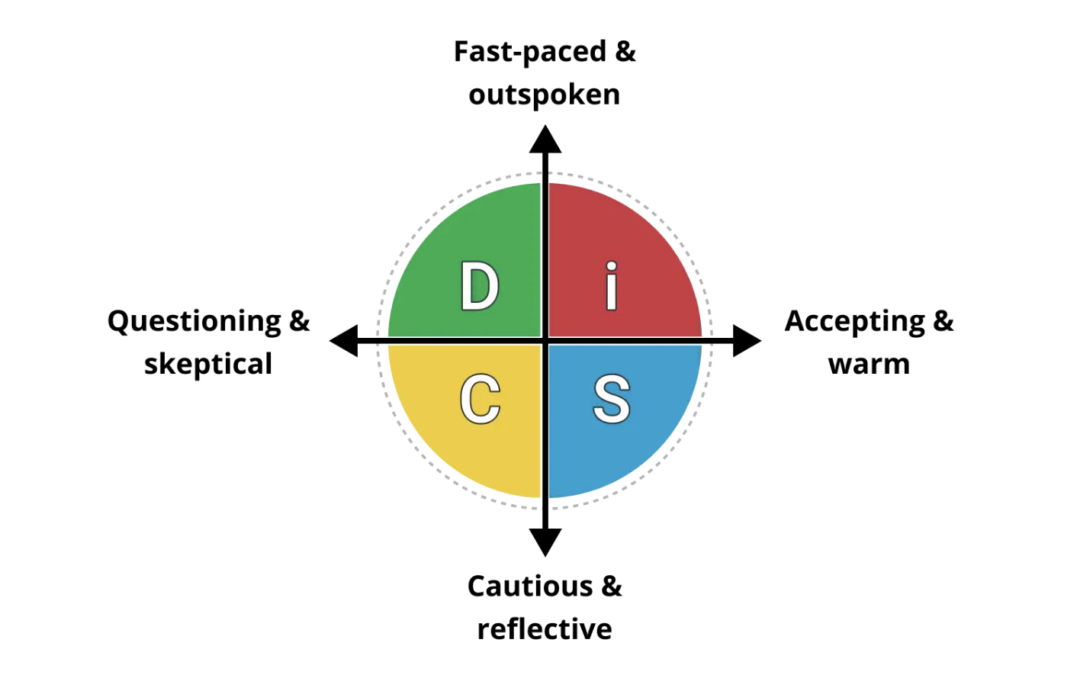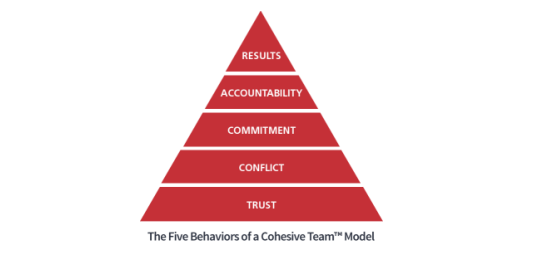
#38 – The Power of Appreciation: Boosting Engagement and Productivity
As the year comes to a close, it feels like the perfect moment to pause, reflect, and express gratitude. In this week’s episode of Impactful Teamwork, I delve into the theme of appreciation and gratitude—not just as a seasonal gesture, but as an ongoing leadership practice. Let’s explore why gratitude matters, how it strengthens teams and relationships, and some personal stories that demonstrate its transformative power.
Why Gratitude Matters
Gratitude is more than a polite thank-you; it’s a powerful leadership quality that fosters connection, collaboration, and trust. By showing appreciation for the people around us, we create an environment where individuals feel valued, motivated, and supported. This sense of belonging and recognition not only boosts mental well-being but also contributes to higher levels of engagement and productivity within teams.
Research shows that gratitude has ripple effects across organisations. When leaders consistently express genuine appreciation, it sets the tone for a culture of positivity, encouraging team members to adopt the same practice. This creates a virtuous cycle of recognition and goodwill that strengthens the fabric of any organisation
Personal Stories of Gratitude
Reflecting on the past year, I’m reminded of several people whose contributions have made my life and work not just manageable, but truly joyful. Here are a few stories of appreciation from my own journey:
Colin: The Unsung Hero
Colin is the man who delivers hay to my horses every week, rain or shine. His reliability and dedication have been a godsend, especially during wet and challenging weather. Before Colin took over, I used to struggle with transporting hay in a wheelbarrow—a time-consuming and physically exhausting task. Now, thanks to Colin’s superhuman strength and unwavering dependability, my horses are well-fed, and I have more time to focus on my work.
This Christmas, I made sure to thank Colin with a small gift, a token of appreciation for the immense impact he has on my life. His quiet yet significant contributions remind me of how important it is to recognise those who work behind the scenes.
Amber: The Caretaker
Amber is another incredible person I’m grateful for. She looks after my horses whenever I’m away travelling or working with clients. Her genuine love and care for the horses, treating them as if they were her own, give me peace of mind when I can’t be there. Her reliability and dedication are invaluable, and I’m endlessly thankful for her support.
Gratitude as a Leadership Skill
Gratitude isn’t just about saying thank you—it’s about recognising the effort, commitment, and impact of others. In leadership, this practice builds stronger connections and enhances collaboration. When team members feel appreciated, they are more likely to go the extra mile and contribute their best.
At Business HorsePower, I’ve seen firsthand how gratitude can transform teams. When clients work with my horses, I always encourage them to thank the horses at the end of the session. This small act of appreciation helps them build the habit of recognising effort and celebrating progress—an essential skill for fostering teamwork and trust.
Building a Culture of Appreciation
Creating a culture of appreciation doesn’t require grand gestures or significant budgets. Small, thoughtful actions can have a big impact. Here are some examples:
Celebrate Effort, Not Just Results
One of the lessons I teach clients is the importance of celebrating effort, not just outcomes. This year, I’ve worked with incredible clients who have stretched themselves in new ways. For instance, Claudine, an executive coaching client, secured a major promotion by honing her influencing skills. Celebrating her journey, not just the result, has been key to her ongoing success.
Meaningful Recognition
A story that sticks with me is of a company that rewarded a top-performing employee with champagne every quarter—only to later discover he didn’t drink due to religious beliefs. This well-intentioned gesture fell flat because it wasn’t meaningful to him. As leaders, it’s crucial to understand what’s meaningful to each team member and tailor our appreciation accordingly.
Small Gestures Matter
This year, I’ve found that even simple gestures, like giving my virtual assistant Fred the day off for his birthday or engagement, can make a world of difference. These actions don’t cost much but show genuine care, building loyalty and trust.
Gratitude in Action: Partnerships and Mentorship
I’m also immensely grateful for the incredible partnerships and mentorship opportunities I’ve had this year. Working with companies like Passe Partout, Exec Online, and Teaching Horse has been a privilege. Collaborating with professionals like Ginny, Pia, and Angela on global client workshops has enriched my own growth and learning.
Additionally, investing in my own development through mentorship has been transformative. This year, I’ve been exploring the field of reinvention and can’t wait to share new tools and frameworks in 2025. Learning from others has deepened my understanding and inspired new ways to serve my clients.
The Ripple Effect of Gratitude
One of the most rewarding aspects of practicing gratitude is witnessing its ripple effect. When I acknowledge my team, partners, and clients, I see how it inspires them to do the same in their own circles. This ripple effect creates a chain reaction of positivity that benefits everyone.
For instance, a client who recently experienced the power of equine-assisted learning shared the leadership principles with their own clients, sparking insights and transformations far beyond our initial work together. Stories like these remind me of the profound impact gratitude can have.
A Final Thought: Gratitude Beyond the Season
As we celebrate the holidays, it’s natural to feel a surge of gratitude. But true leadership calls us to practice appreciation year-round. Gratitude isn’t just for Christmas; it’s a mindset and habit that strengthens teams, relationships, and communities.
So as we step into 2025, I encourage you to think about how you can embed gratitude into your daily life and leadership practices. Whether it’s a heartfelt thank-you, a small token of appreciation, or simply taking the time to acknowledge someone’s efforts, these actions can create lasting impact.
Wishing You a Joyful Holiday Season
To my clients, partners, team, and listeners of Impactful Teamwork, thank you for being part of my journey this year. Your support, feedback, and collaboration mean the world to me. I’m deeply grateful for the opportunity to work with and learn from each of you.
As we close out the year, I’ll leave you with this thought: How can you show meaningful appreciation to the people around you? Remember, it’s the small, genuine acts of gratitude that make the biggest difference.
Wishing you a happy holiday season and a wonderful start to 2025. See you in the new year!
Show Notes:
Here are the highlights from this episode:

Julia Felton (aka The Business Wrangler) is the founder of Business HorsePower. Business leaders, entrepreneurs and executives hire her to accelerate their business performance by harnessing the energy of their people to work more collaboratively together. By aligning purpose with actions the team achieves exponential results as everyone starts pulling in the same direction.
Julia believes that business is a force for good and through designing purpose-driven businesses that leverage the laws of nature, and the herd, you can create businesses founded on the principles of connection, collaboration and community that make a significant impact in the world.














